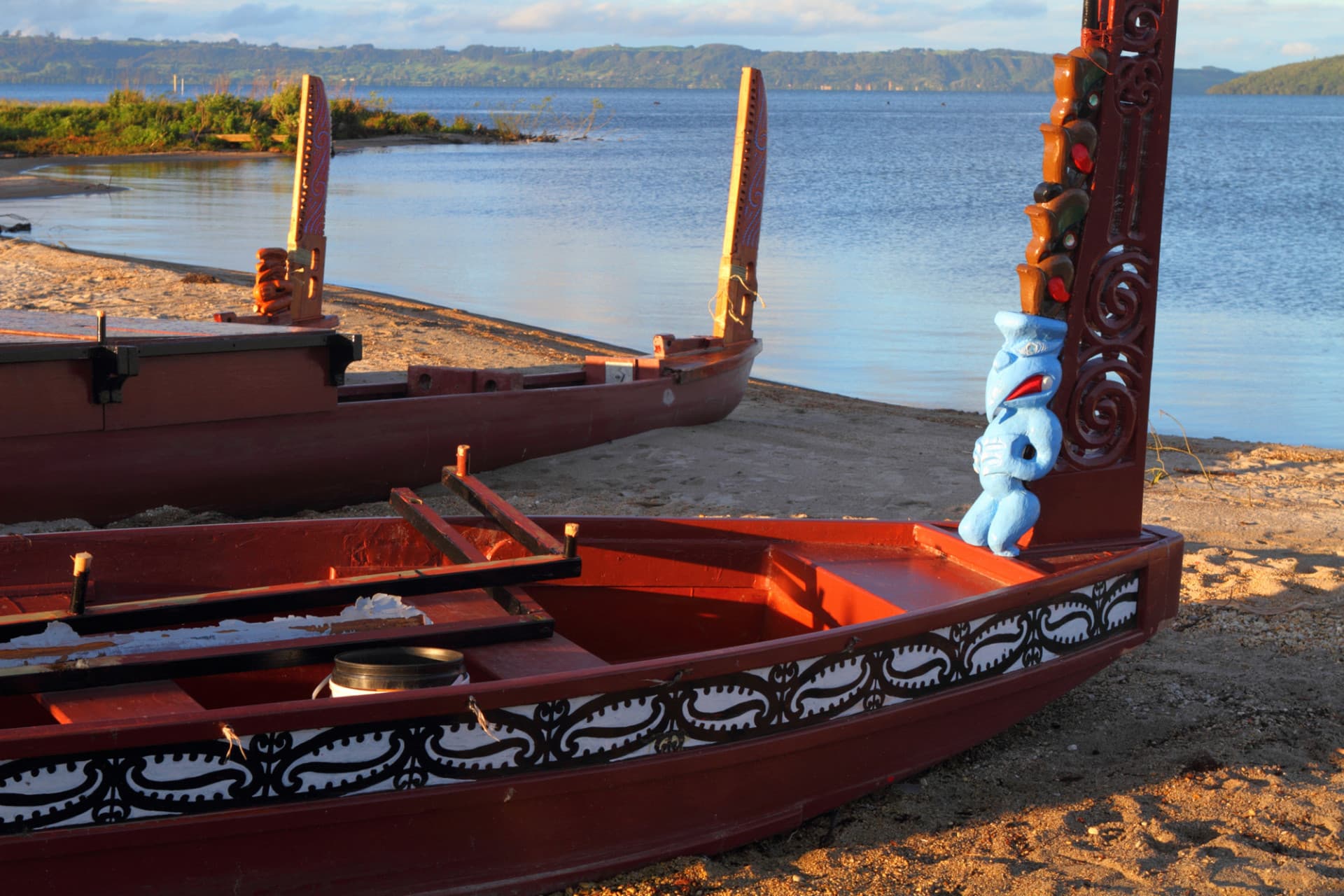
Vision Mātauranga
Unlocking the innovation potential of Māori knowledge, resources and people to create a better future for our marine ecosystems.

Unlocking the innovation potential of Māori knowledge, resources and people to create a better future for our marine ecosystems.
The Government’s Vision Mātauranga policy recognises that Māori success is Aotearoa New Zealand’s success and that unlocking the science and innovation potential of Māori knowledge, people and resources will benefit Aotearoa New Zealand.
To bring VM to life throughout the Challenge, we support our researchers in their work with iwi, hapū and Māori organisation partners to ensure our work aligns with their needs and aspirations for marine management. We want our research, tools and resources to empower both traditional and contemporary mātauranga Māori in any EBM-approach in Aotearoa New Zealand’s marine environment.
At a national-level, we have worked with the other National Science Challenges and Ngā Pae o te Māramatanga to produce A Guide to Vision Mātauranga. The Guide was developed from a hui led by the Rauika Māngai, an assembly of senior Māori representatives at the forefront of VM implementation. It describes principles of good practice for VM in the National Science Challenges and across the science sector in Aotearoa New Zealand.
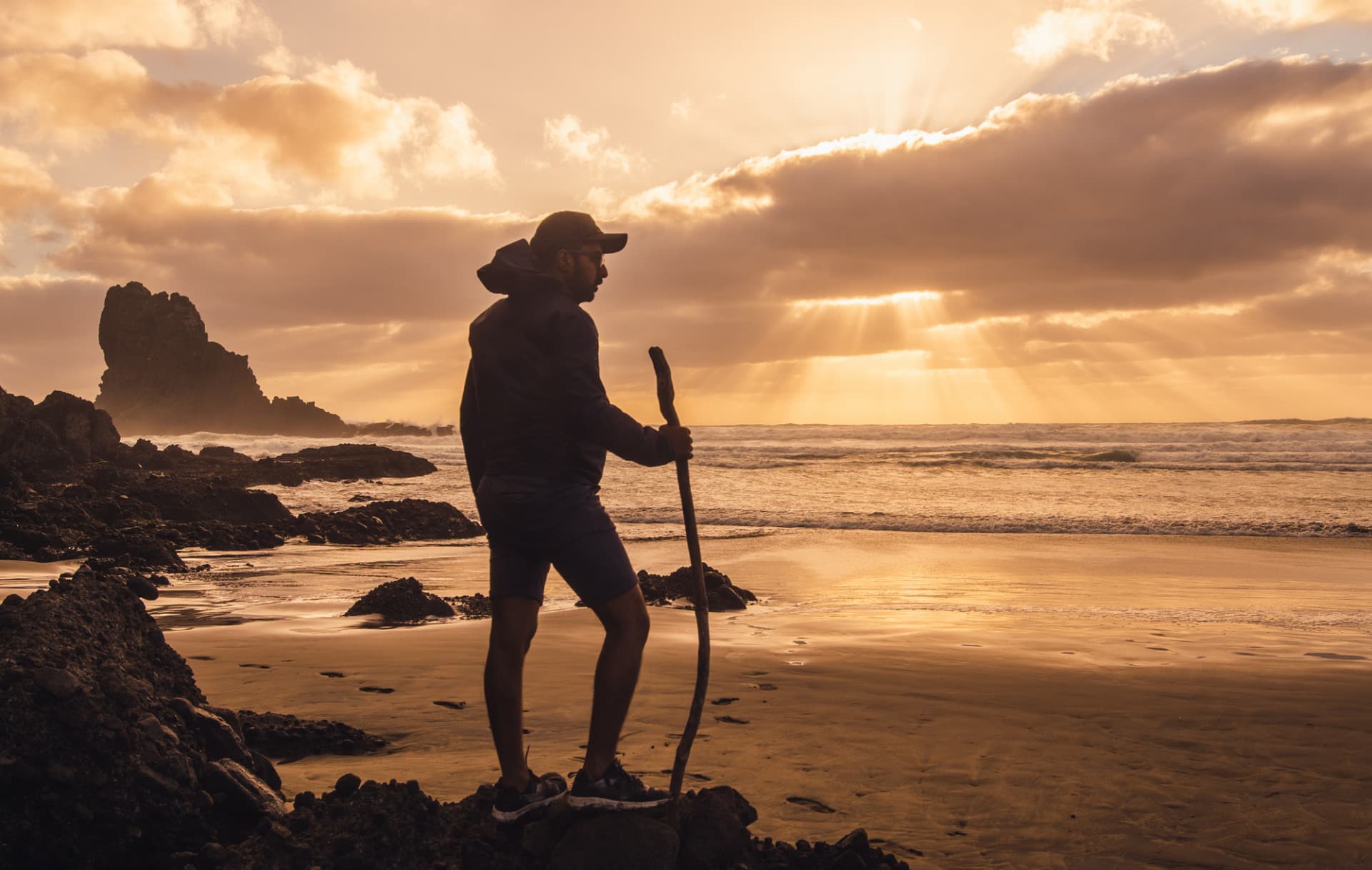
For the second phase of the Challenge, we are taking a more focused, integrated and transdisciplinary approach to our research. To achieve this, we will need high levels of partnership, collaboration and participation with Māori.
The focus of VM in Phase II is to ensure that projects across the Challenge are supported so that the ability of our research to unlock Māori innovation potential is maximised.
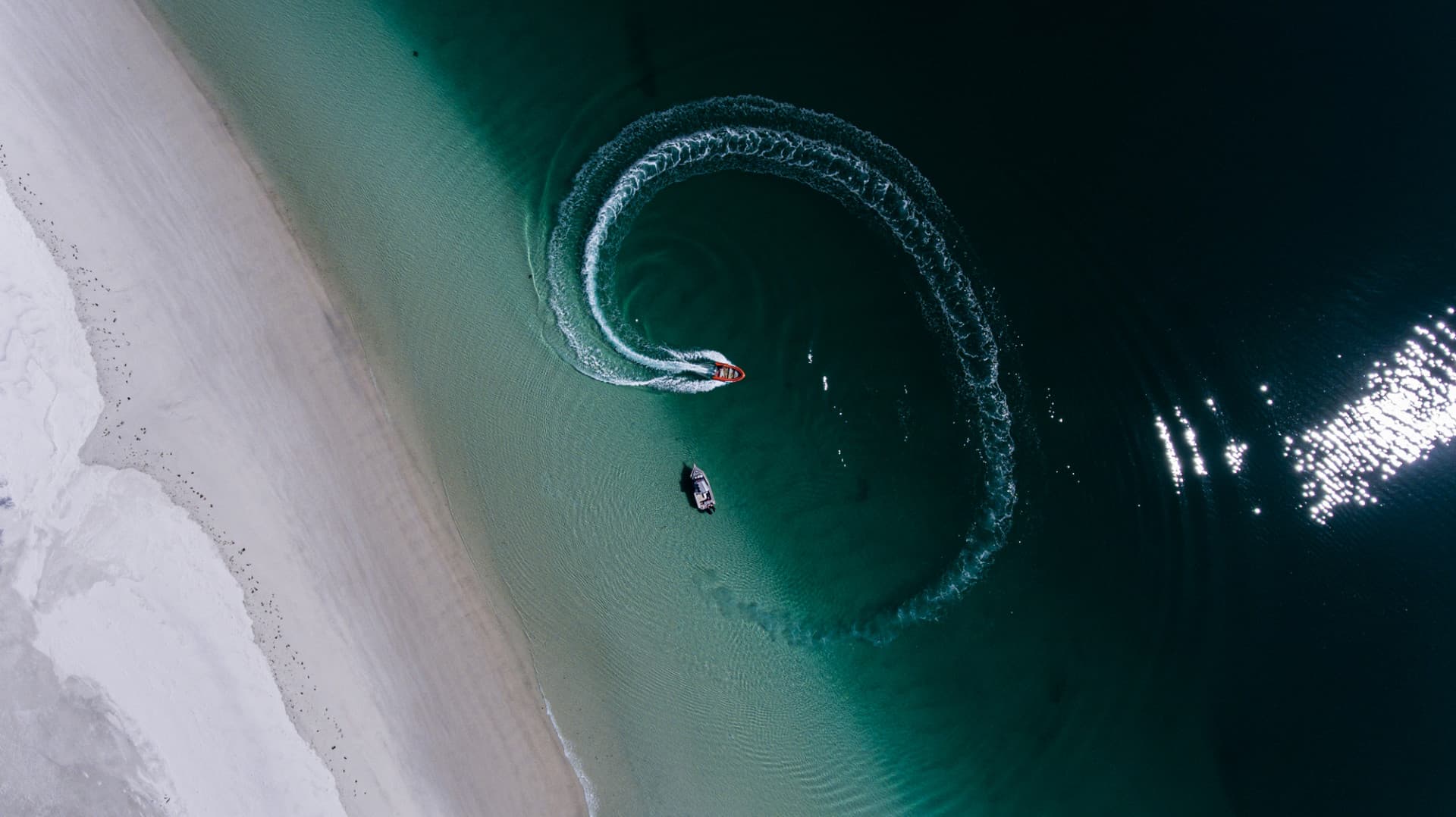
We aim to address Māori aspirations to halt ecosystem degradation and to achieve improved recovery through supporting tangata whenua and rohe specific approaches and outcomes.
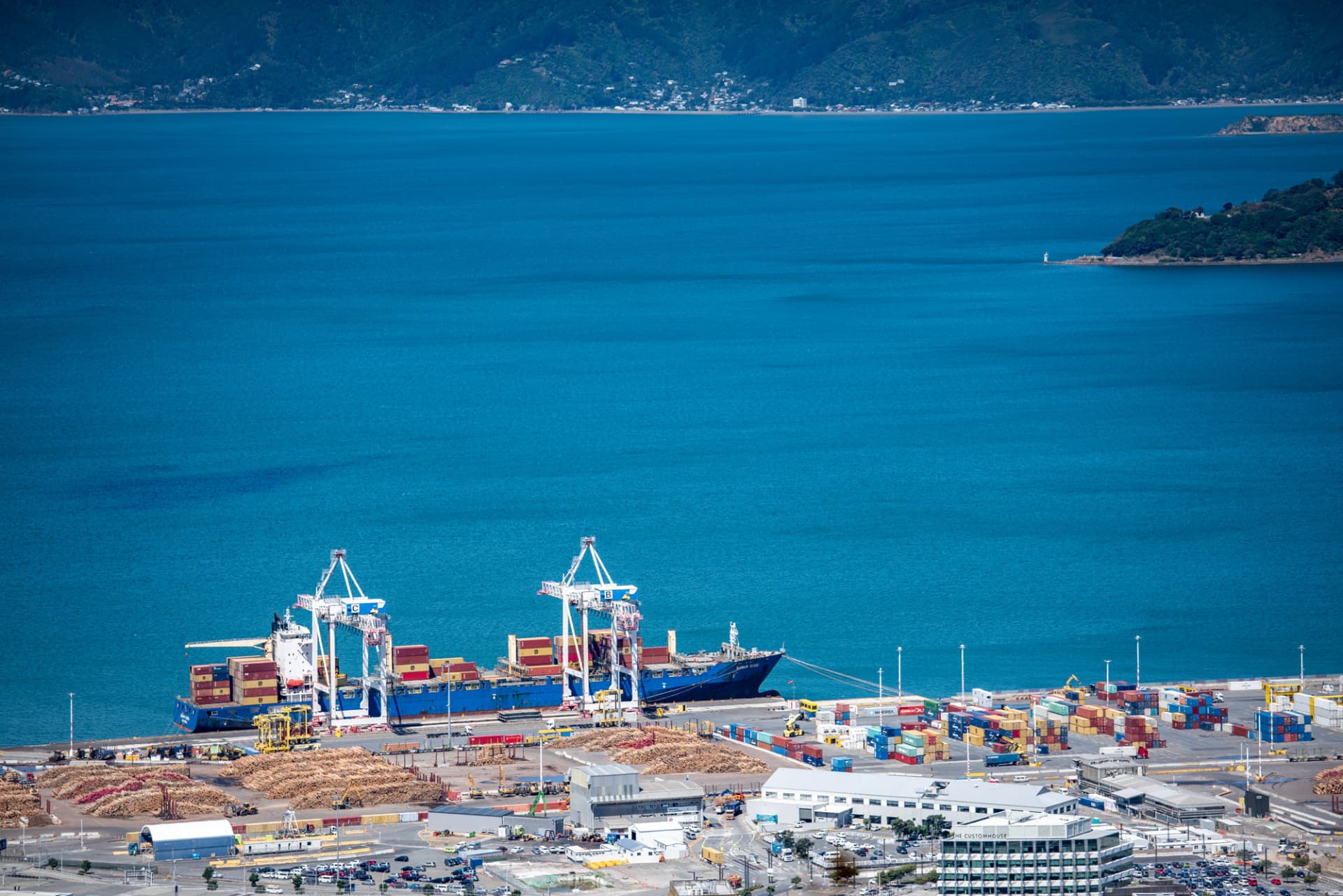
A key aspect of the research will require new and innovative approaches to managing, growing and measuring the blue economy, and working toward a blue economy approach founded on Māori principles.
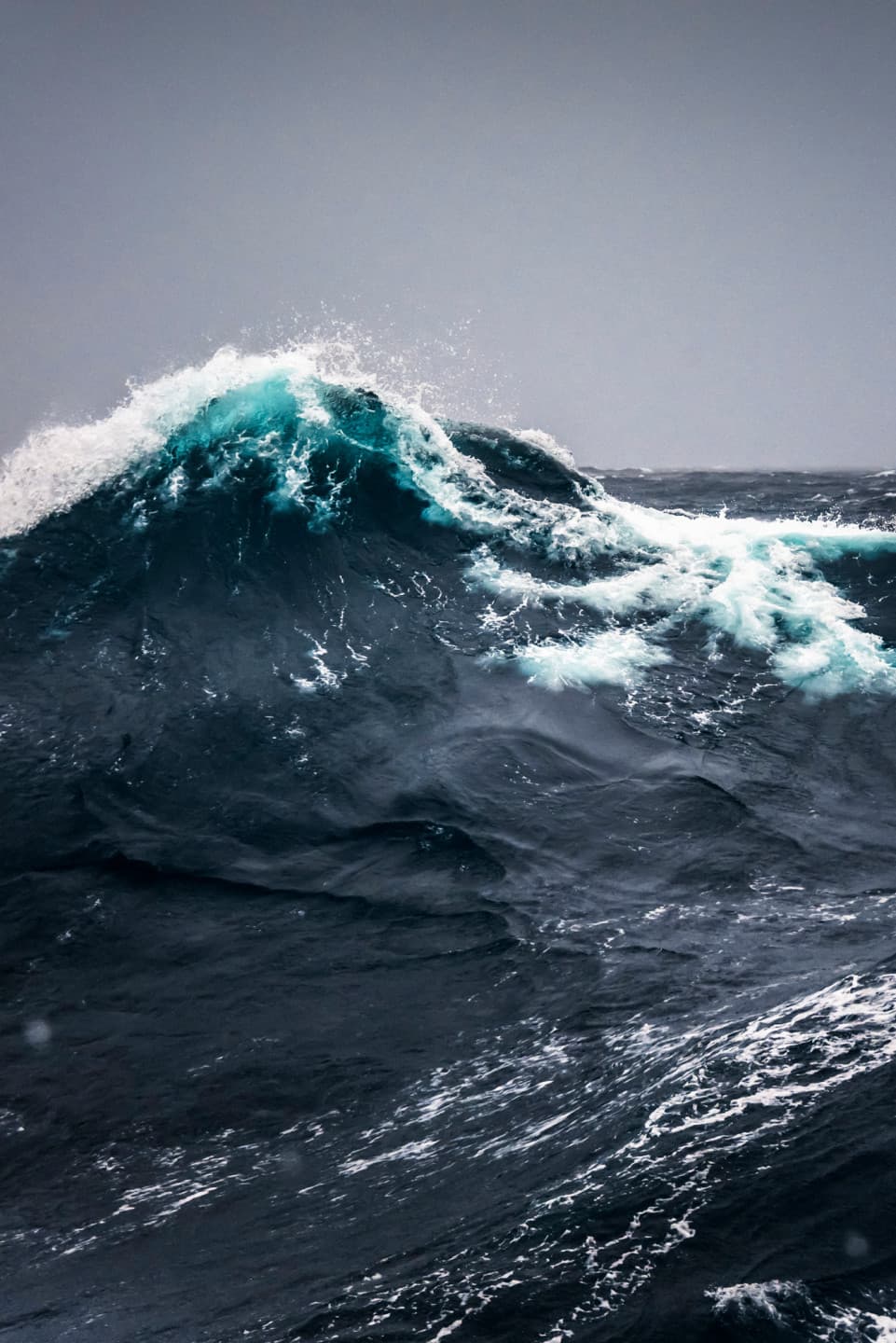
Exploring the needs of Māori in achieving a marine decision-making and management approach that addresses risk and uncertainty with a Māori cultural and commercial context that recognises intergenerational well-being.
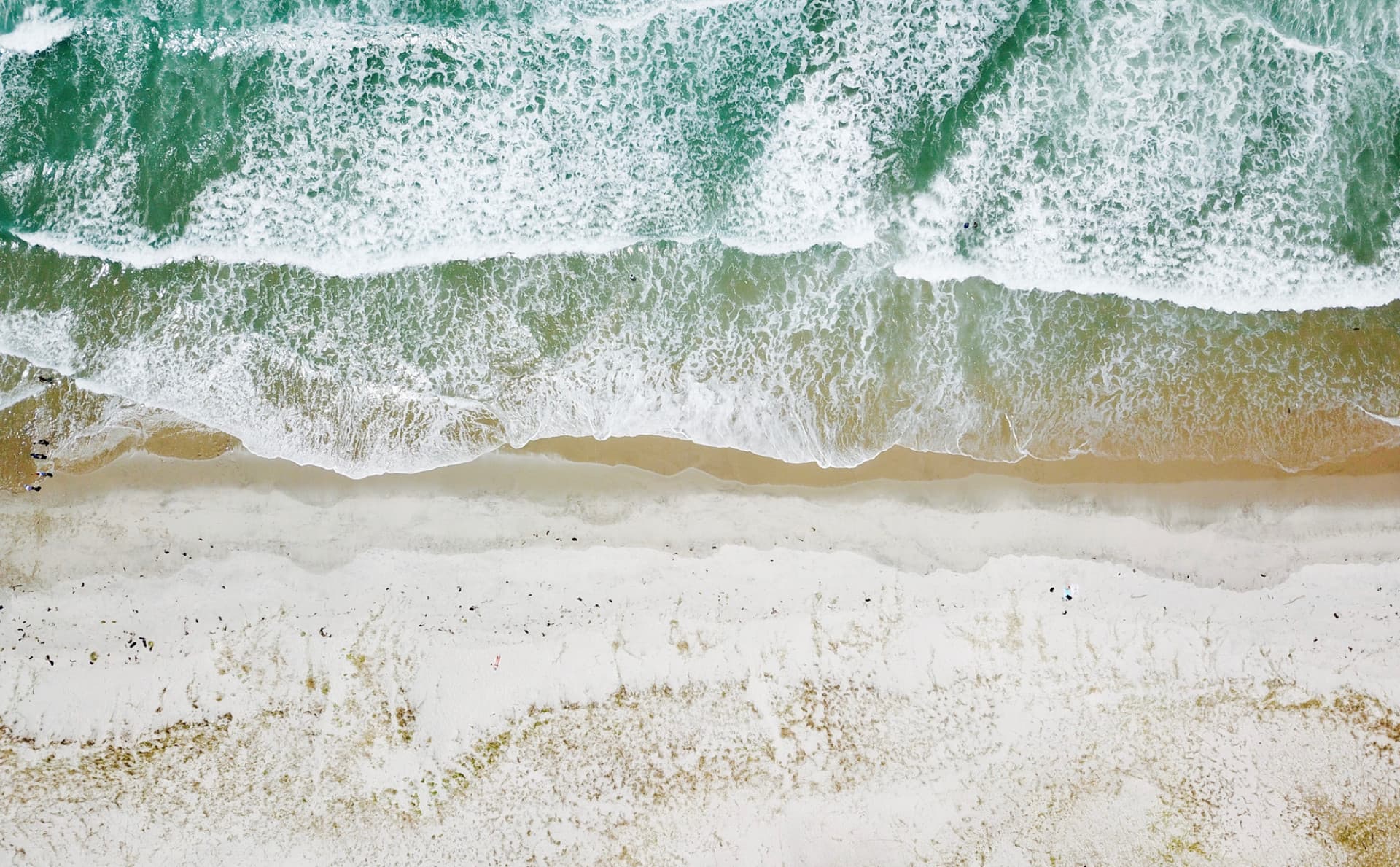
Providing for the development and implementation of an EBM approach that is informed by mātauranga Māori, enables innovative governance and jurisdiction models at different scales, and recognises Māori rights and interests through greater partnership.
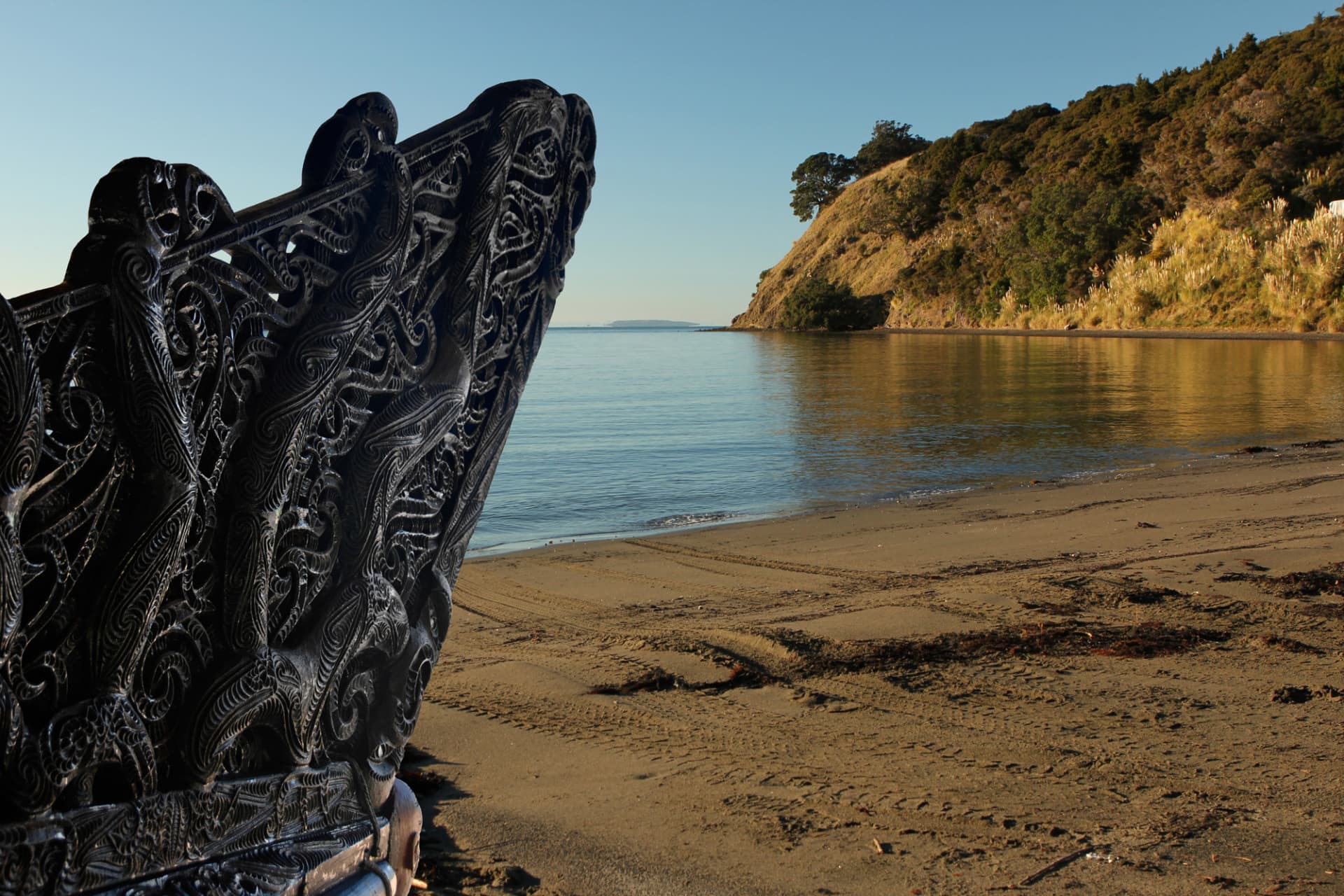
Māori-led and centred research that works collaboratively across the Tangaroa portfolio and theme research to achieve iwi and hapū aspirations directly, providing for active and focussed VM related innovations and outcomes.
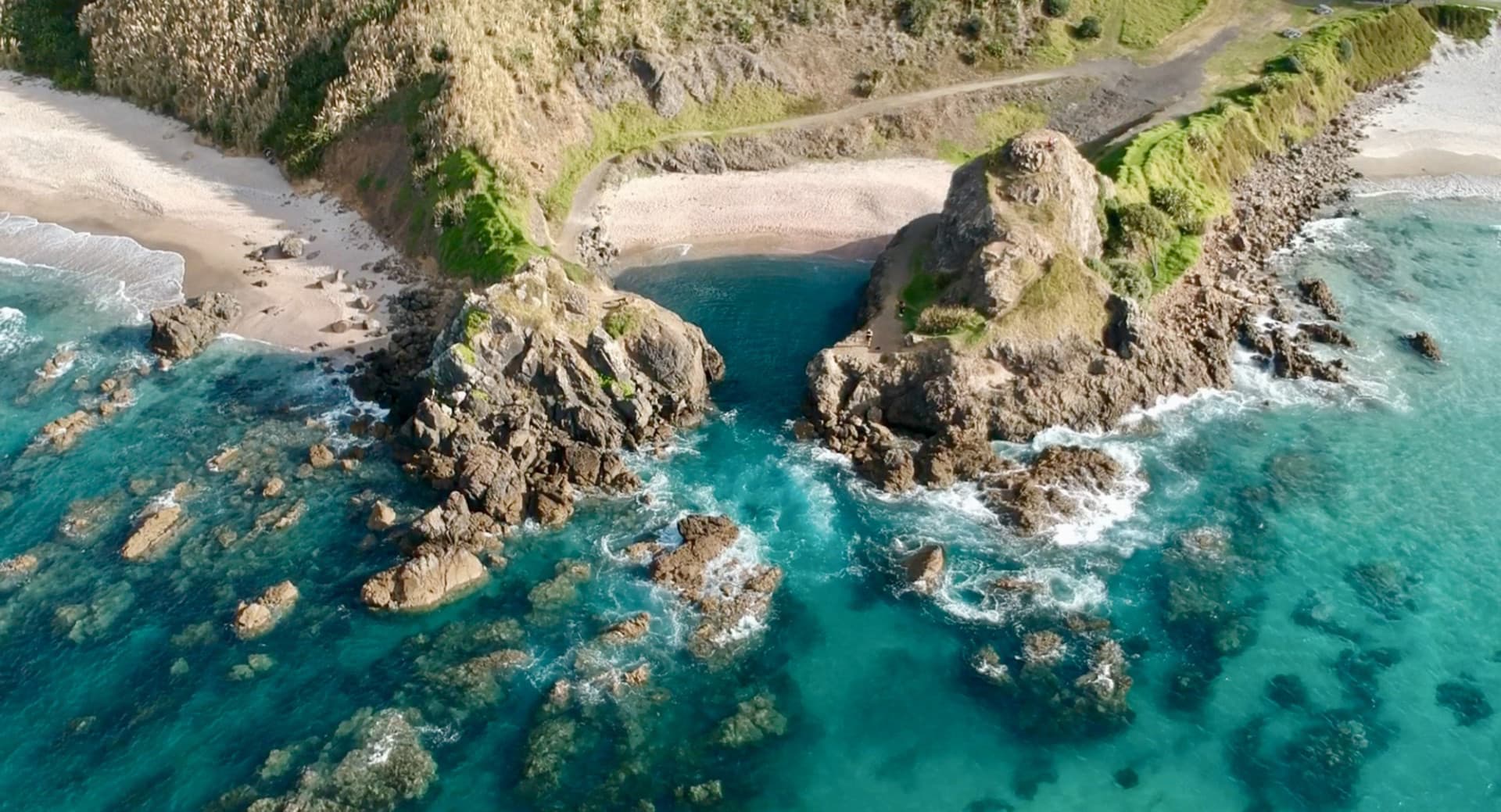
Supporting the application of a Te Ao Māori approach to ensure outputs and outcomes produced by Challenge research meet the ongoing needs and aspirations of Māori, and ensuring tangata whenua and Treaty partnership needs are addressed in regional case studies.
The second phase of the Challenge builds on our established relationships with a number of iwi, hapū, whānau and Māori organisations, and to continues to support iwi, hapū and Māori led and partnered research projects and initiatives.
The Manahautū (Deputy Director Māori) position has been established to better recognise and provide for the important and unique relationships and interests (commercial and customary) of Māori to our marine environment. It reflects the desire of the Challenge to work in partnership with Māori, not only in relation to its research, but also to its collaboration with government, commercial and community interests.
The Manahautū oversees a collaboration of effort bringing together the necessary skills, expertise, networks and connections to support research outcomes that are both relevant and important to Māori as well as contributing to achieving the Challenge objective.
This collaboration includes: